
SUNDAY PROVED ENLIGHTENING, educational and reflective. And that’s a good thing because ongoing learning often makes us more informed, compassionate and caring individuals.

The focus of my learning was not intentional, but rather a coming together of several elements. That began with a decision to follow the Riverwalk in Northfield on a rare February afternoon of sunshine and warmth in southern Minnesota. At 40-plus degrees, it was simply too nice to stay indoors. Northfield, only about a 25-minute drive, is a beautiful progressive river town, home to St. Olaf and Carleton Colleges, a thriving downtown historic business district, an active arts scene and more, including community activism.


On this Sunday, activism and engagement focused my initial attention as Randy and I exited the van across from Bridge Square, a mini middle-of-the-downtown park next to the Cannon River. As I pulled my camera strap over my neck, I noticed a group of young people chalking the sidewalk leading to and around the Civil War Monument and center fountain. I decided in that moment not to photograph them writing their messages as part of SAY THEIR NAMES INTERVENTION #32. I remembered the controversy over such chalk art at Bridge Square. I believe the City of Northfield enacted an ordinance banning the chalking of the public space, although I could not confirm that information online.
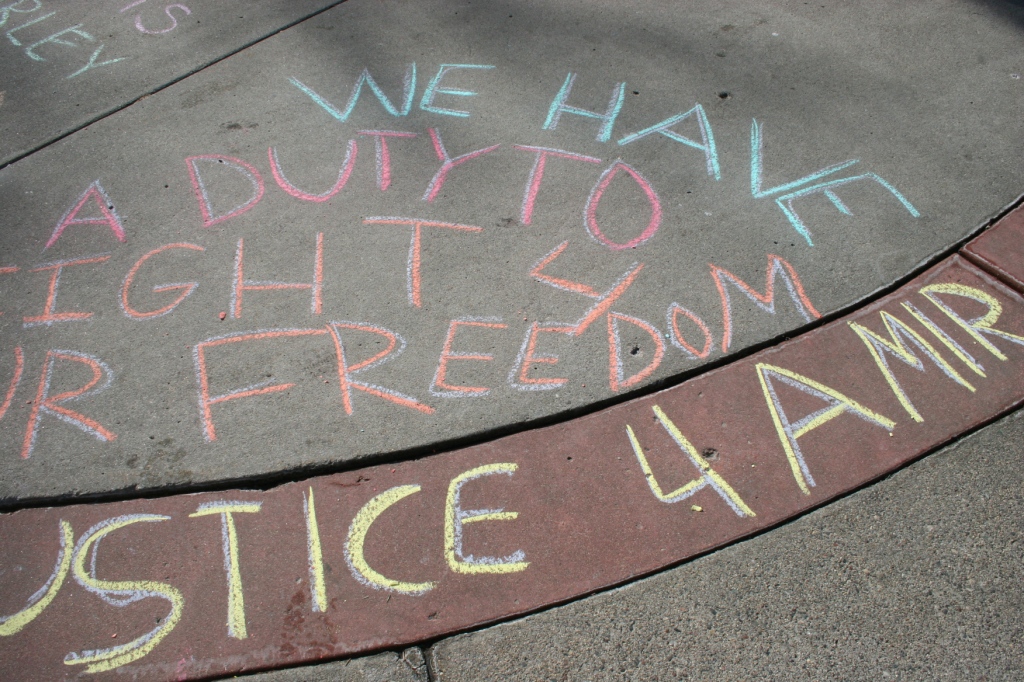
Later, after we walked along the river and then along Division Street, we paused to read the messages printed by SAY THEIR NAMES NORTHFIELD participants who had now left the square. As in previous “interventions,” their words repeated that BLACK LIVES MATTER. All too familiar names were chalked onto the cement—George Floyd, Breonna Taylor, Philando Castile, Jamar Clark, Daunte Wright… And new to the list, Amir Locke.
As I photographed the names and messages, I felt an overwhelming sense of sadness at the injustices, the fact that this is 2022 and we are still grappling with racism and social injustice and many other issues related to race.
That evening, the same response repeated as I watched filmmaker Ahmir “Questlove” Thompson’s newly-released documentary “The Summer of Soul (…Or, When the Revolution Could Not Be Televised)” on ABC. The film documents the Harlem Cultural Festival which brought some 300,000-plus people together in Harlem in the summer of 1969 for six concerts over six weeks. Stevie Wonder, Nina Simone, Gladys Knight and the Pips, and other mostly Black musicians performed before a primarily Black crowd. The film, interspersed with concert footage and follow-up interviews with those who participated or attended, is a remarkable historic documentation of not only the music, but also of Black people, their culture, their connections in the community of Harlem and also the issues they faced in 1969. Issues which remain today.
I was especially moved by the joyful performance of “Aquarius/Let the Sunshine In” by Fifth Dimension, complete with audience participation and by the singing of “Take My Hand, Precious Lord,” Martin Luther King Jr’s favorite hymn sung at his funeral. All were performed against a stage backdrop collage of vibrant squares, rectangles and L shapes. (I’d love to have a poster of that artsy 1969 graphic.)
I felt a mix of sadness and concern that here we are, 53 years later, and just now this film footage has been released. Woodstock, the Apollo moon landing and more overshadowed the Harlem Cultural Festival in 1969. I appreciate the release of this film nominated for a 2022 Academy Award for Best Documentary Feature and a 2022 Grammy Award for Best Music Film. It’s important I watched it for, among many reasons, the insights and perspectives gained.
Before “The Summer of Soul” aired on TV Sunday evening, I’d begun reading Under the Tulip Tree, a historical novel by Michelle Shocklee set in Nashville following the stock market crash of 1929. Only a third into the book, I found it fitting of my unexpected Sunday focus on Black lives The main character is a young White writer interviewing a former slave. And, yes, although fictional, real-life stories weave into the book.
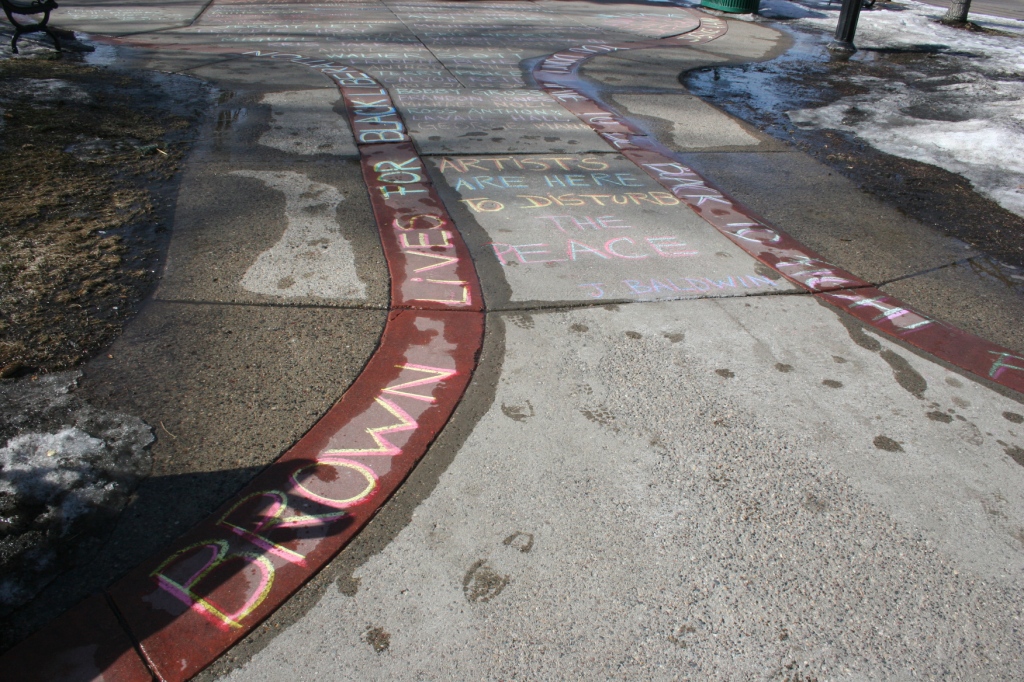
I feel grateful for all the elements—chalk art, a documentary and a book—which came together on a February Sunday in Minnesota to educate and enlighten me about many aspects of Black lives. To learn is to grow in understanding and compassion.
FYI: Activism and art will theme an event on Thursday, March 3, offered through St. John’s Women, a Northfield-based group in its fourth year of sponsoring “Courageous Conversations” via monthly speakers and book studies. Carleton College Professor Cecilia Cornejo, an artist and also leader of the local SAY THEIR NAMES group, will talk about “Anti-Racism Activism Through Community-Engaged Art” at 7 pm via Zoom. Click here for more information.
© Copyright 2022 Audrey Kletscher Helbling

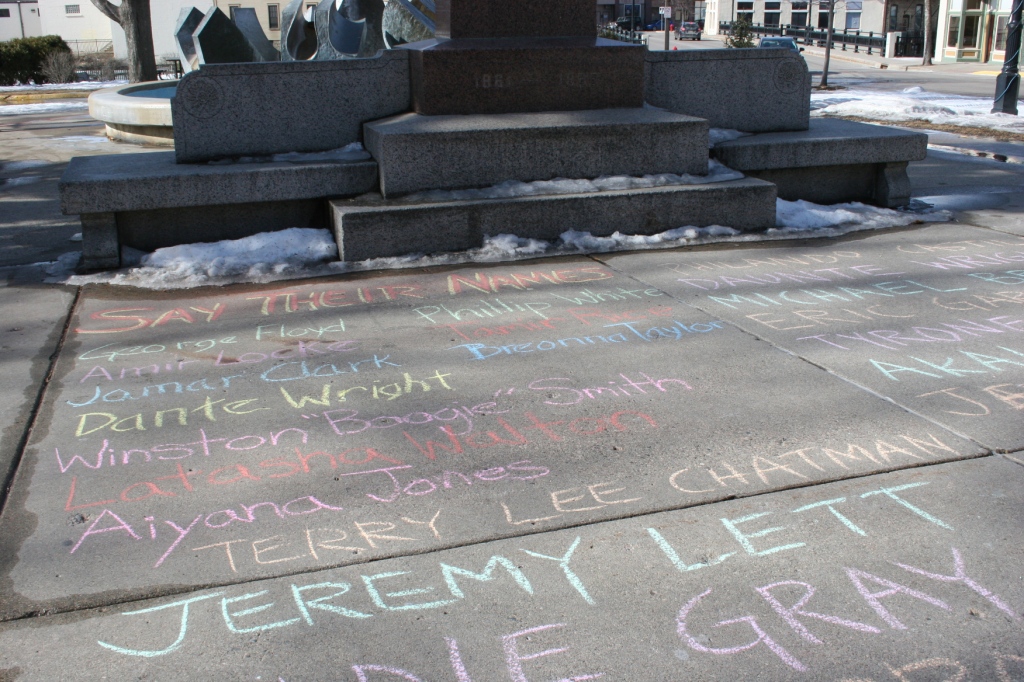
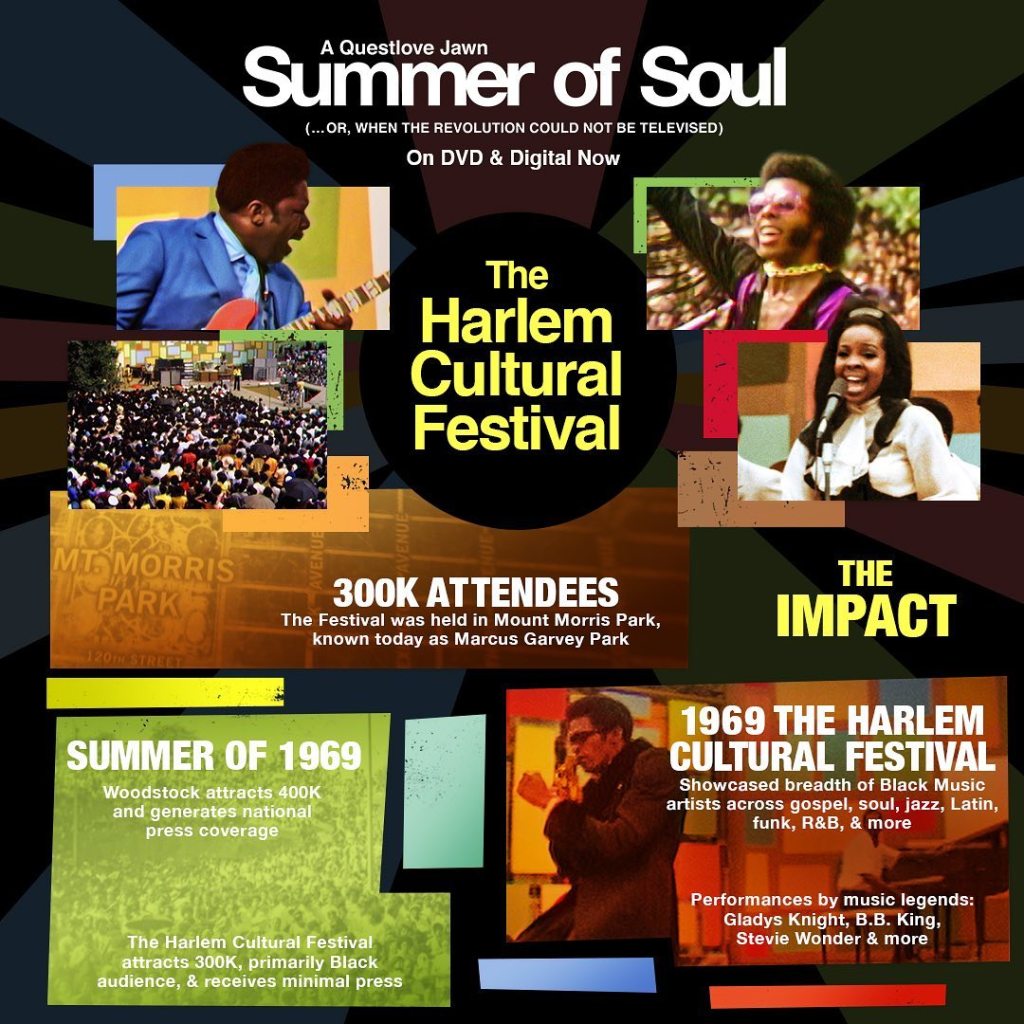
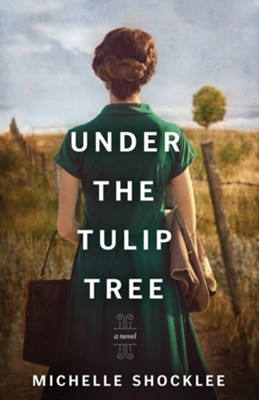

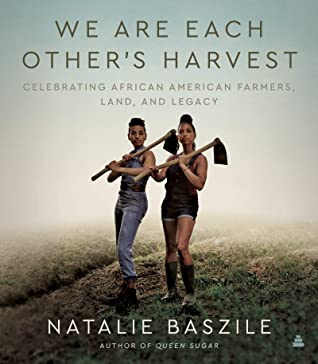

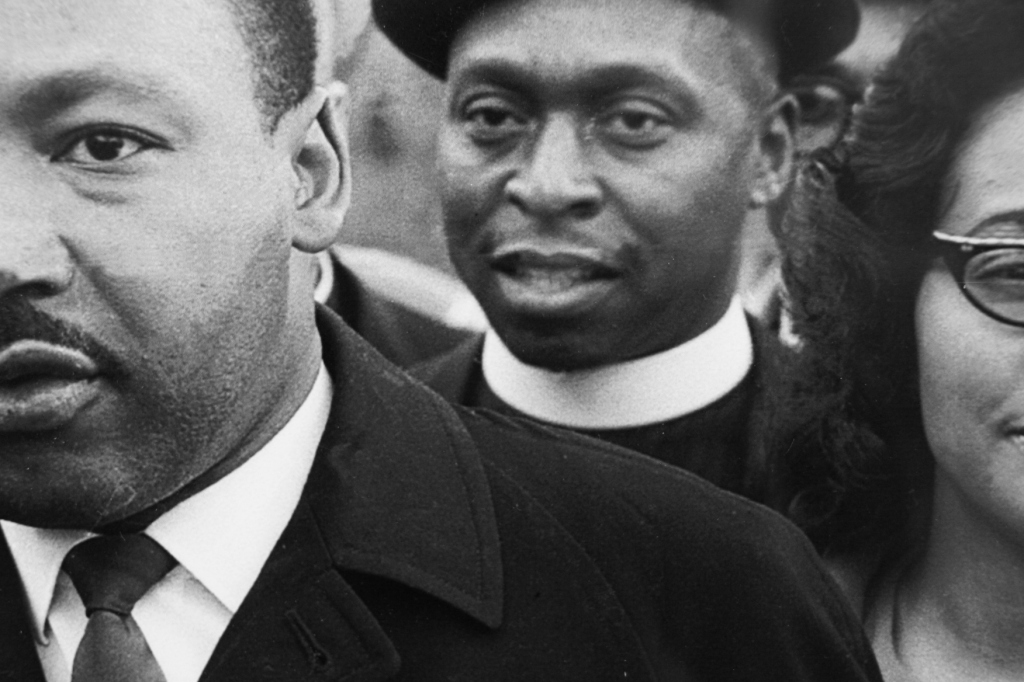
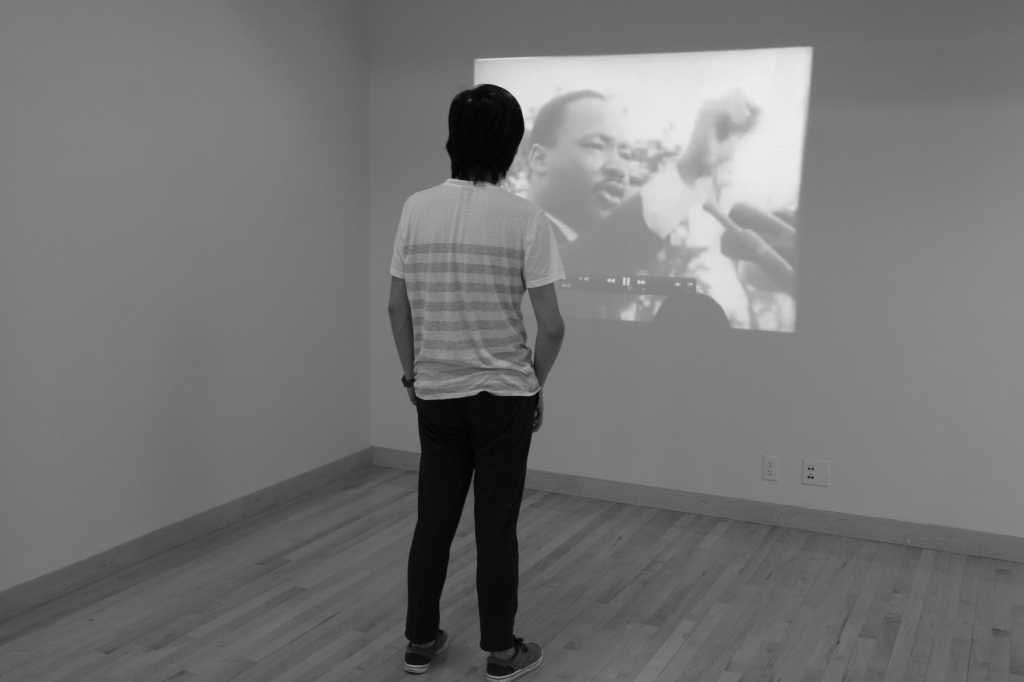
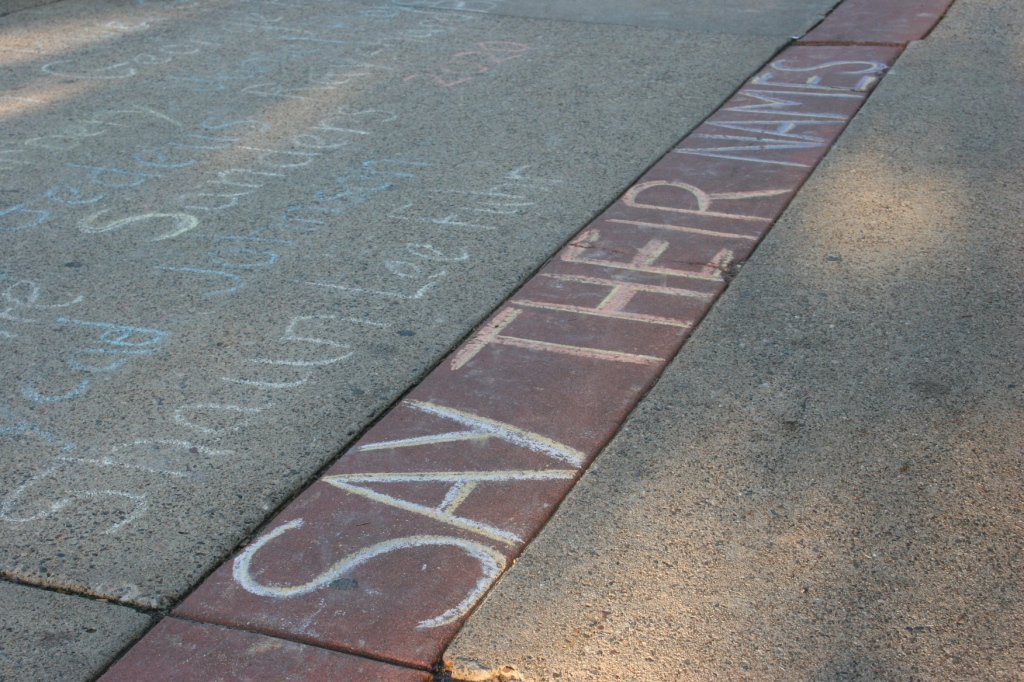
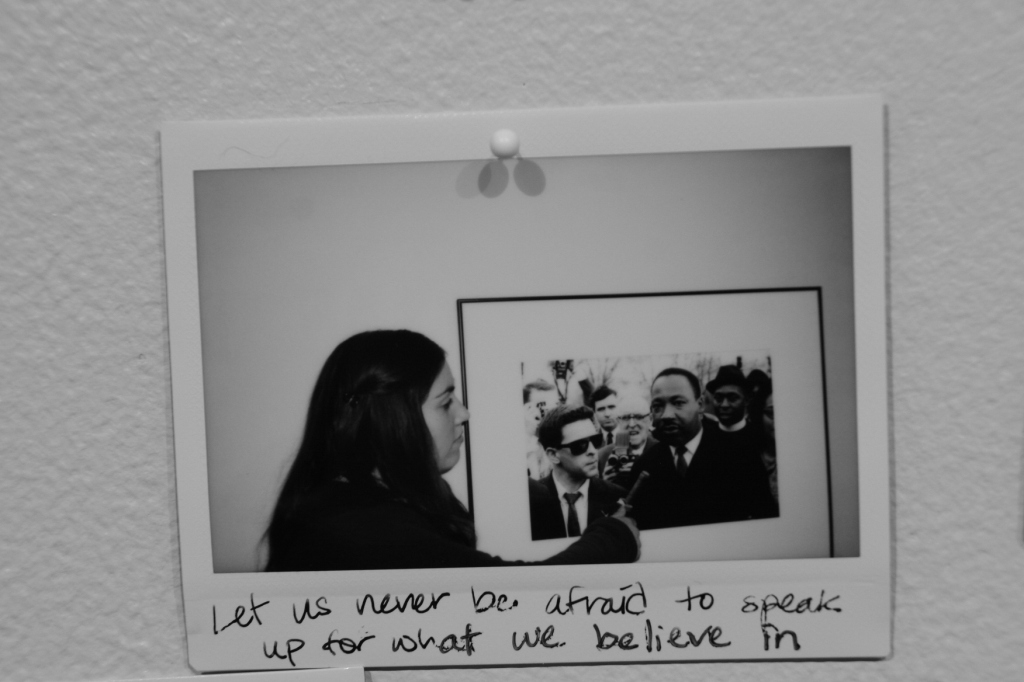
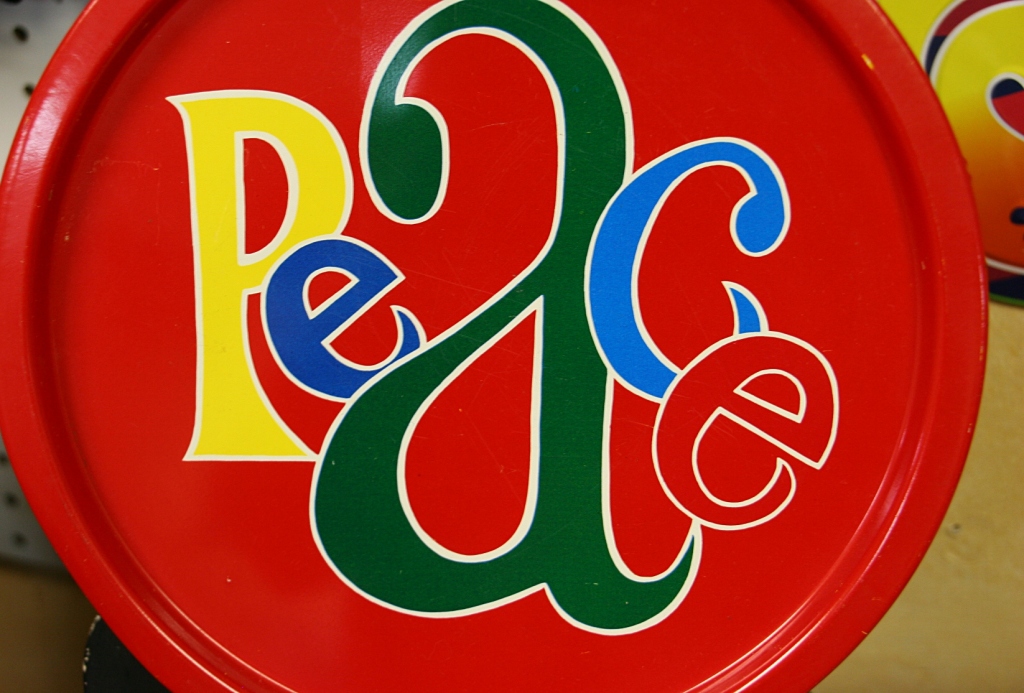
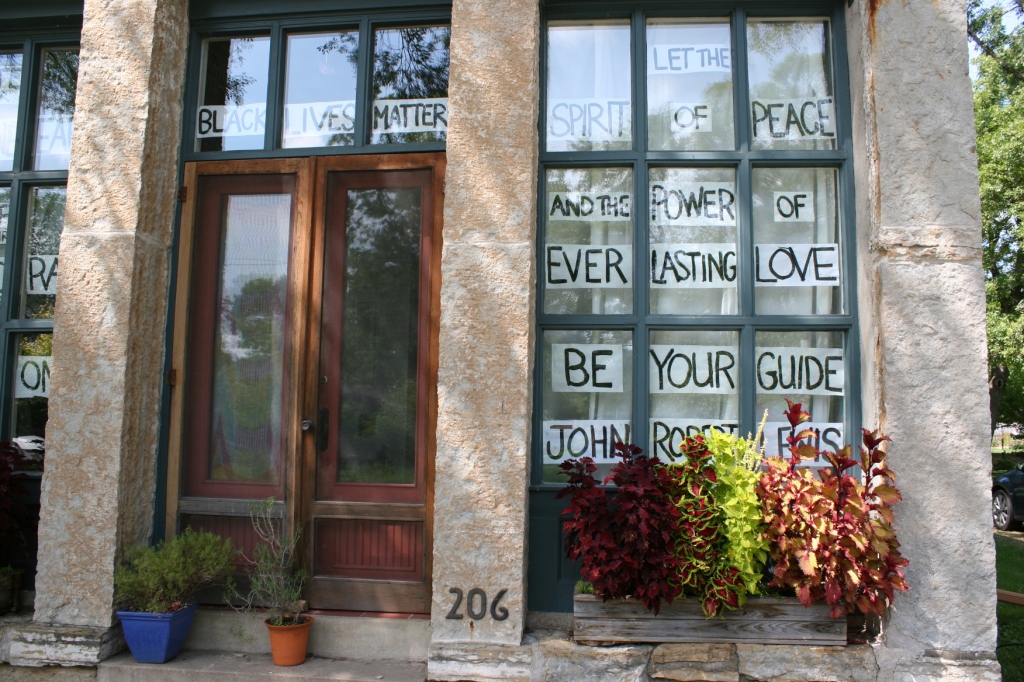
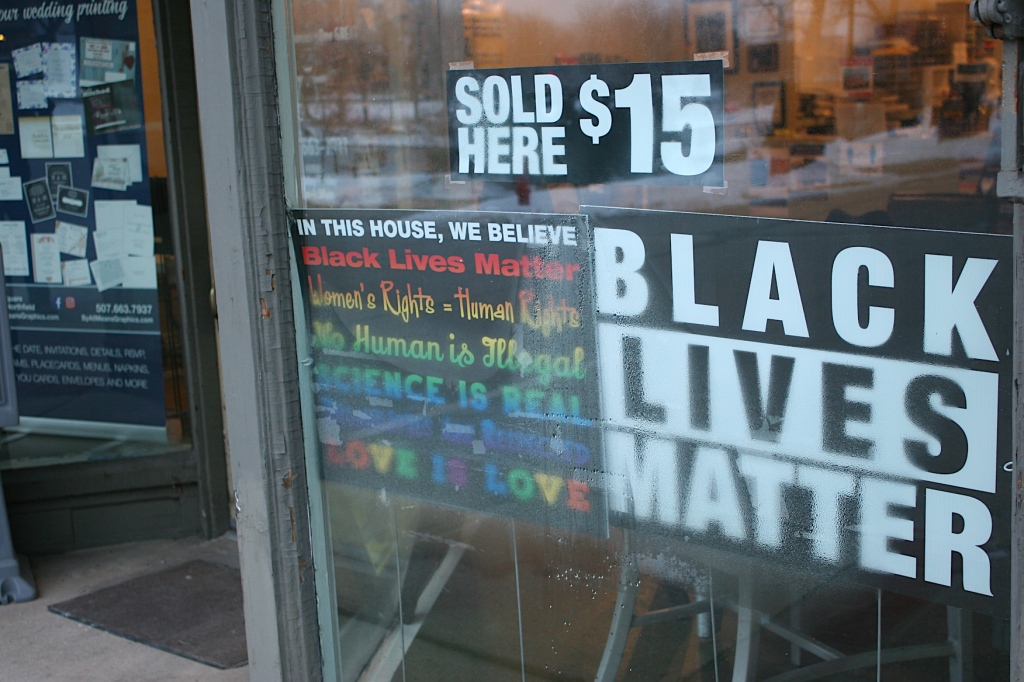
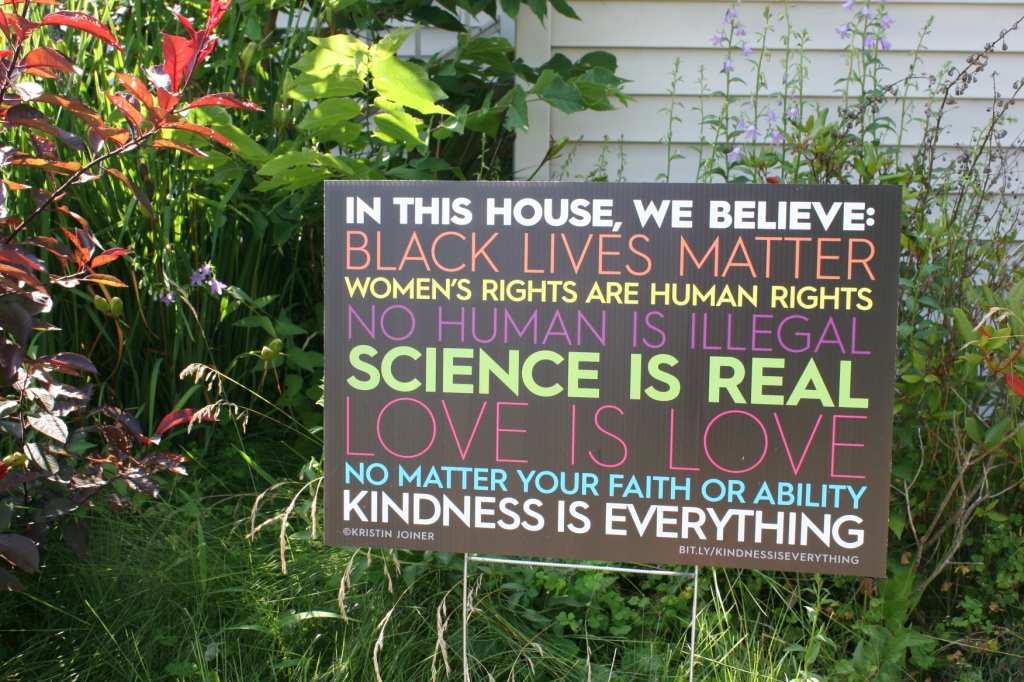

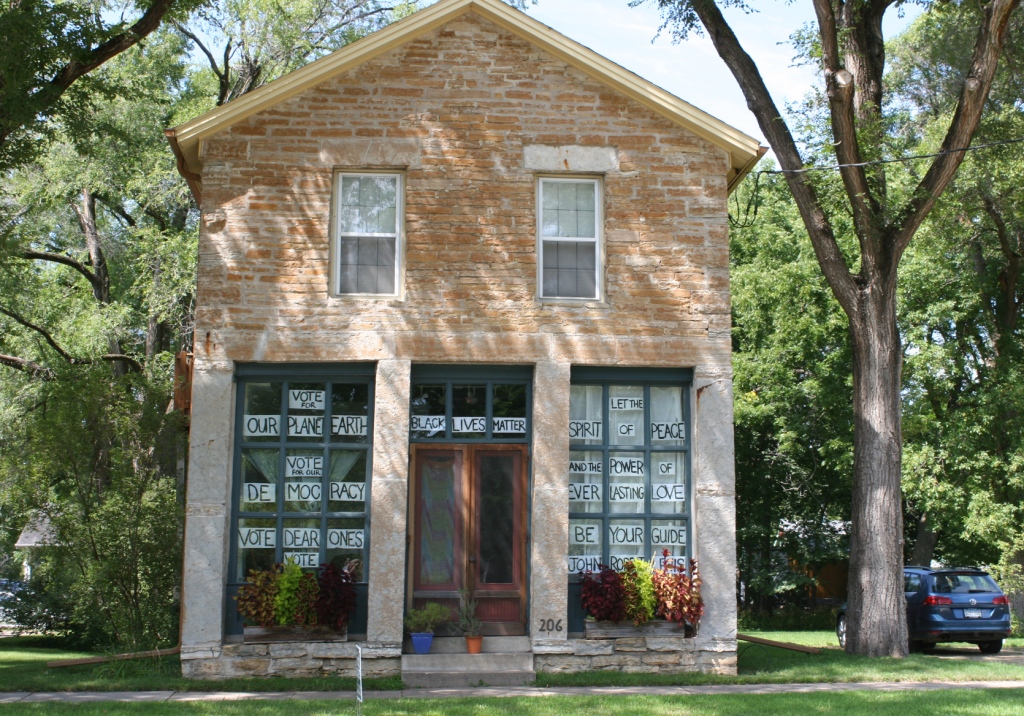
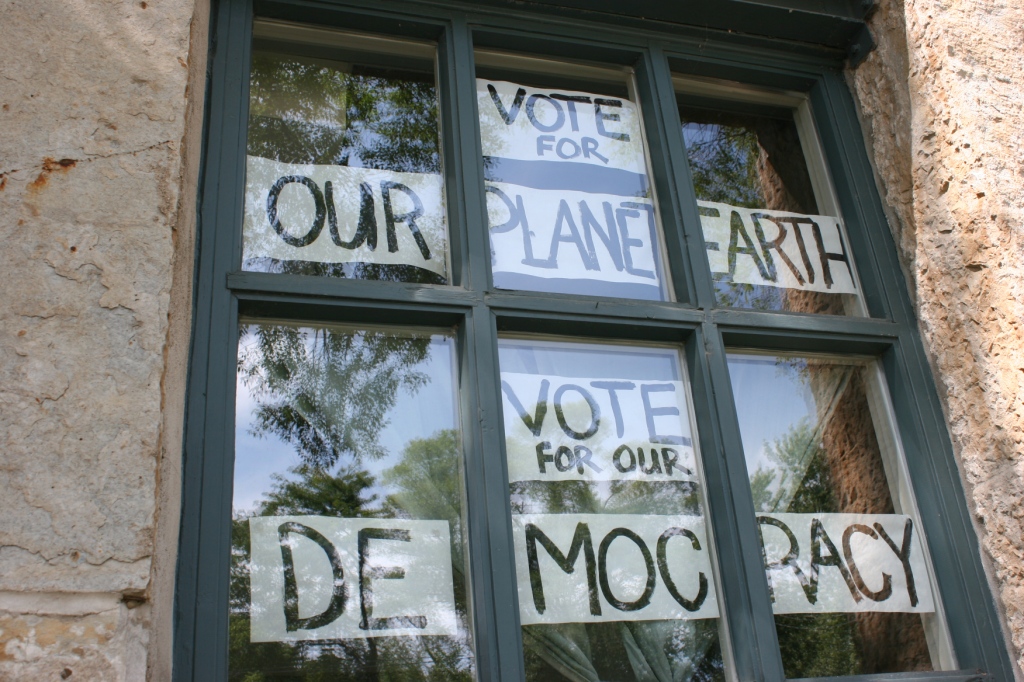
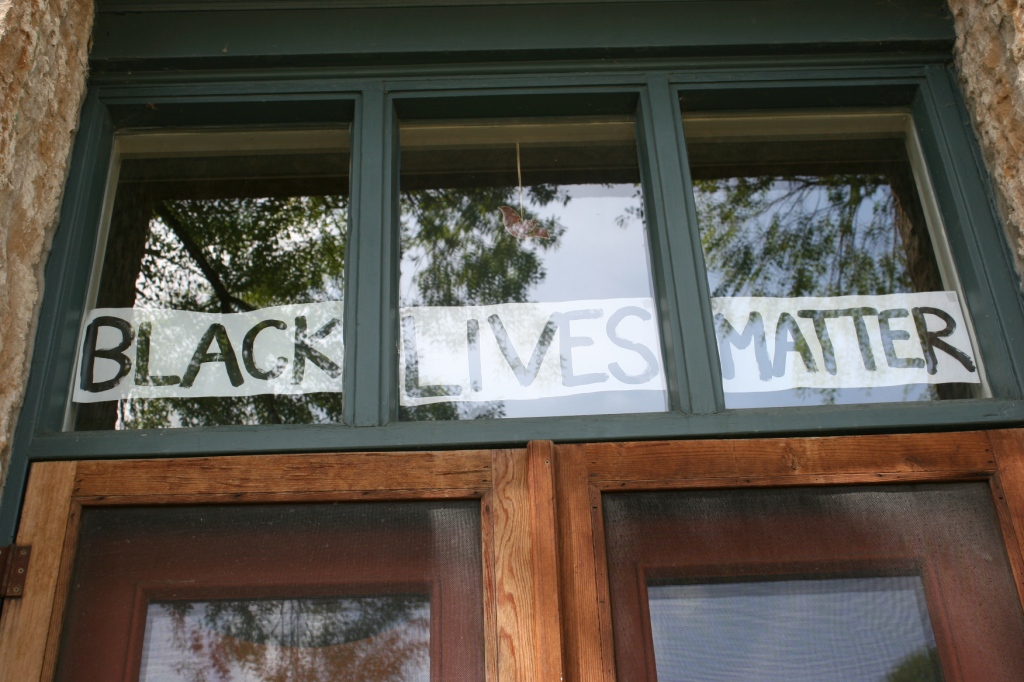

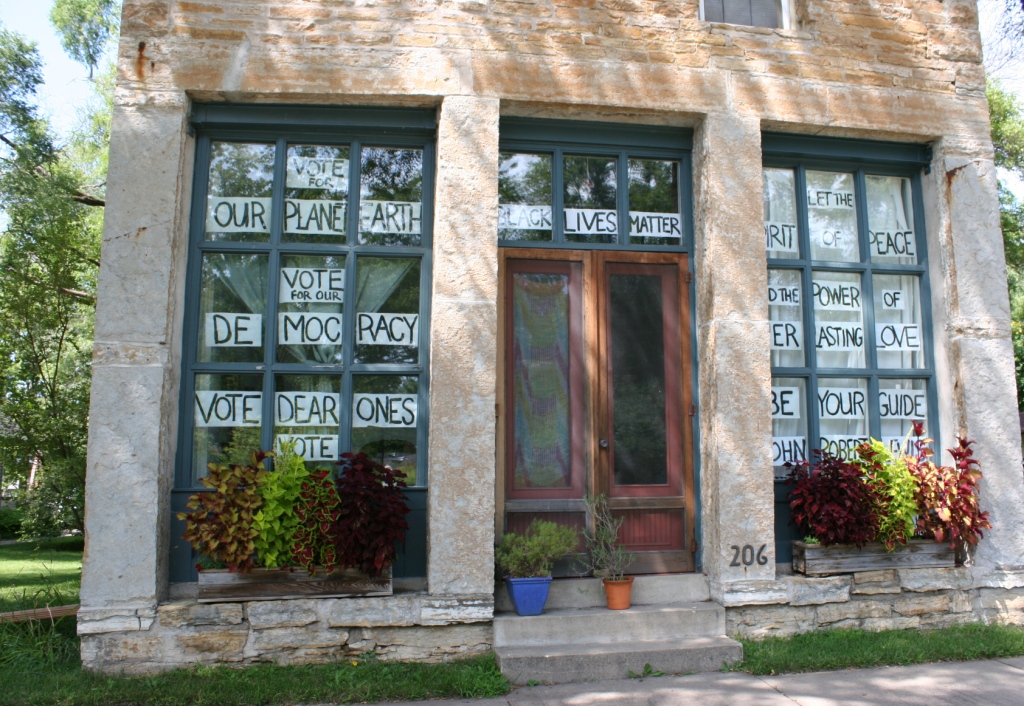
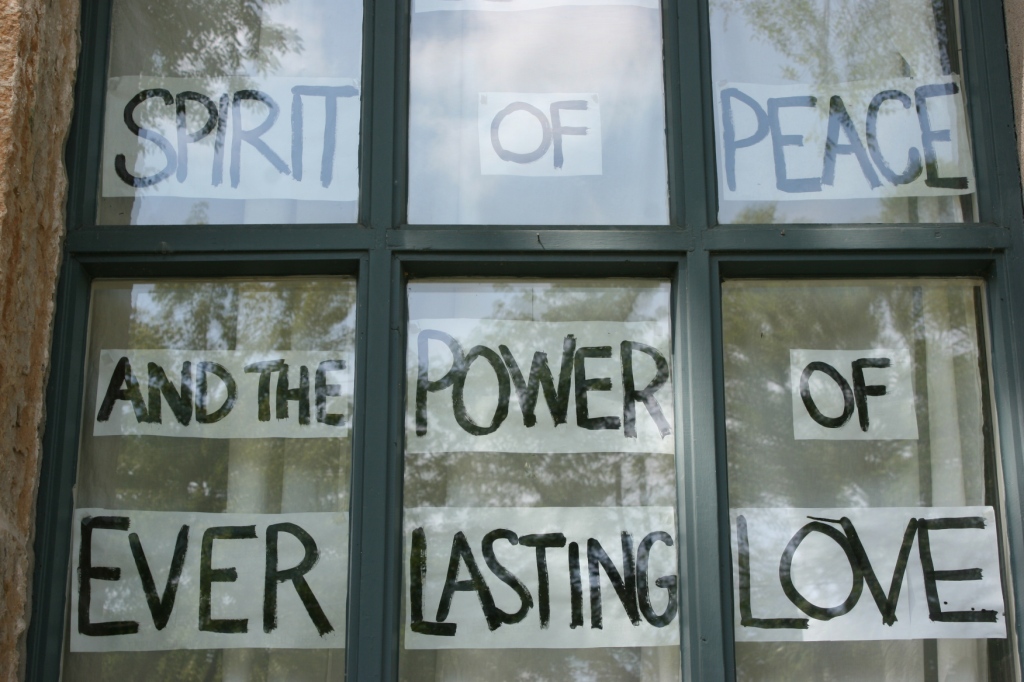

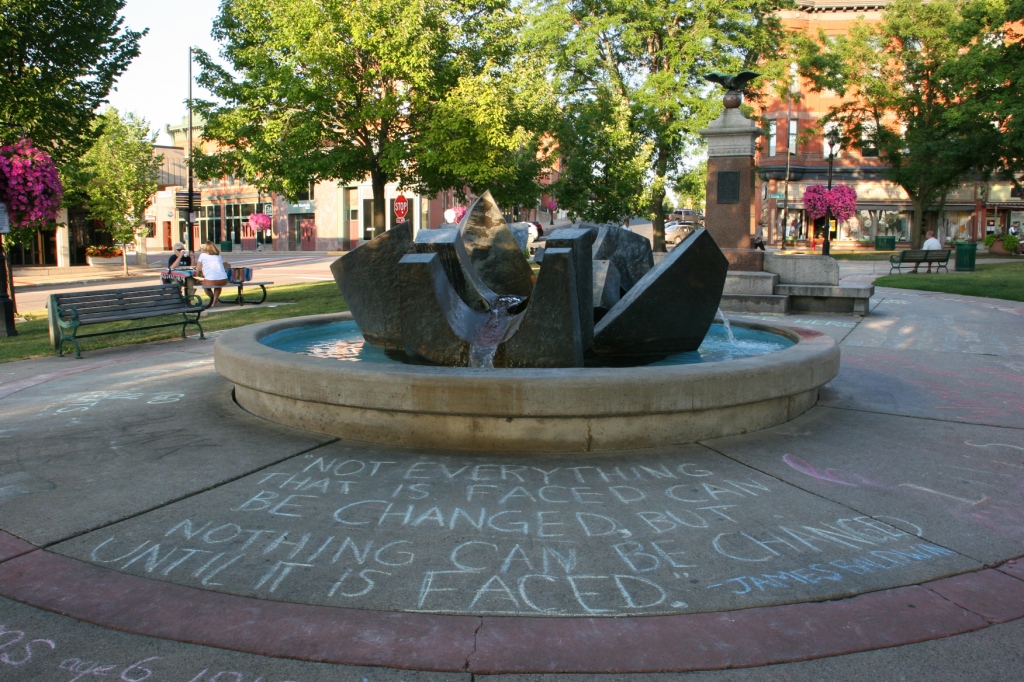
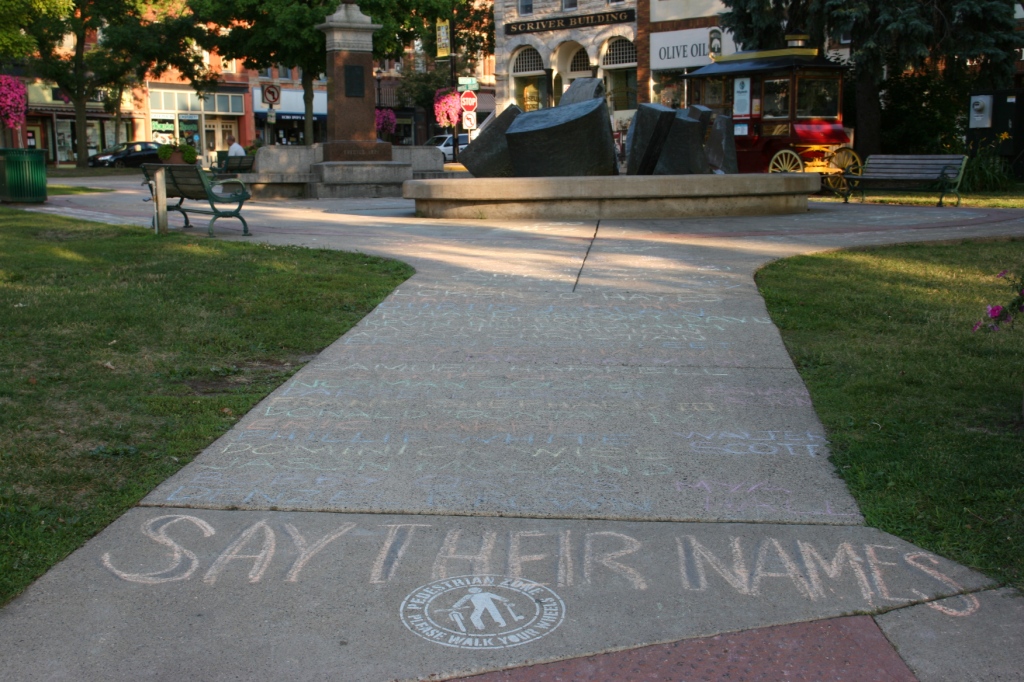
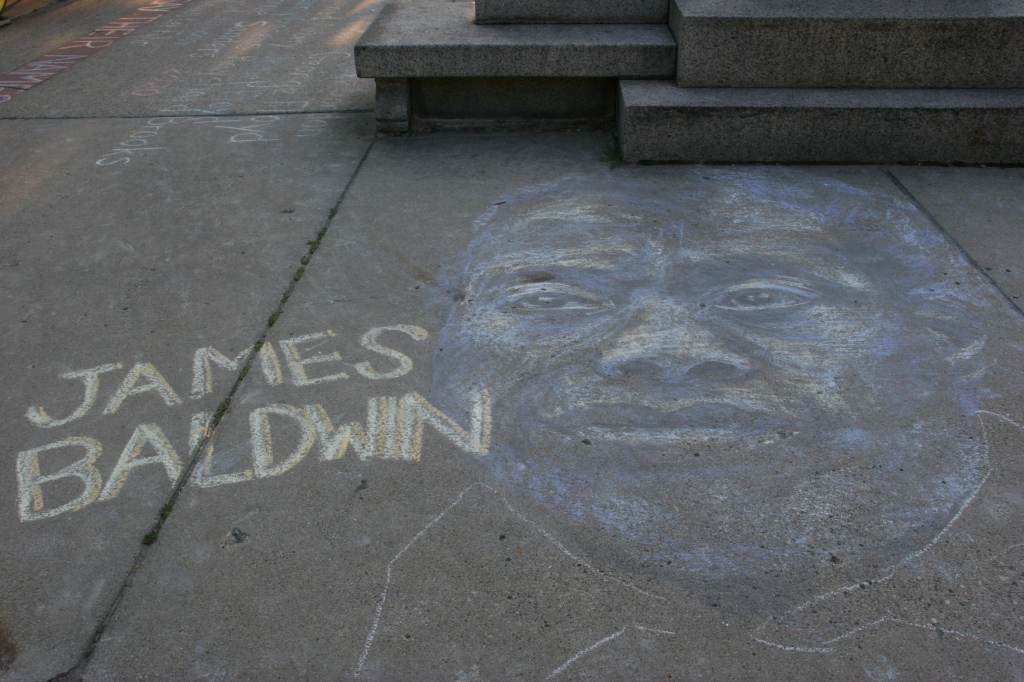
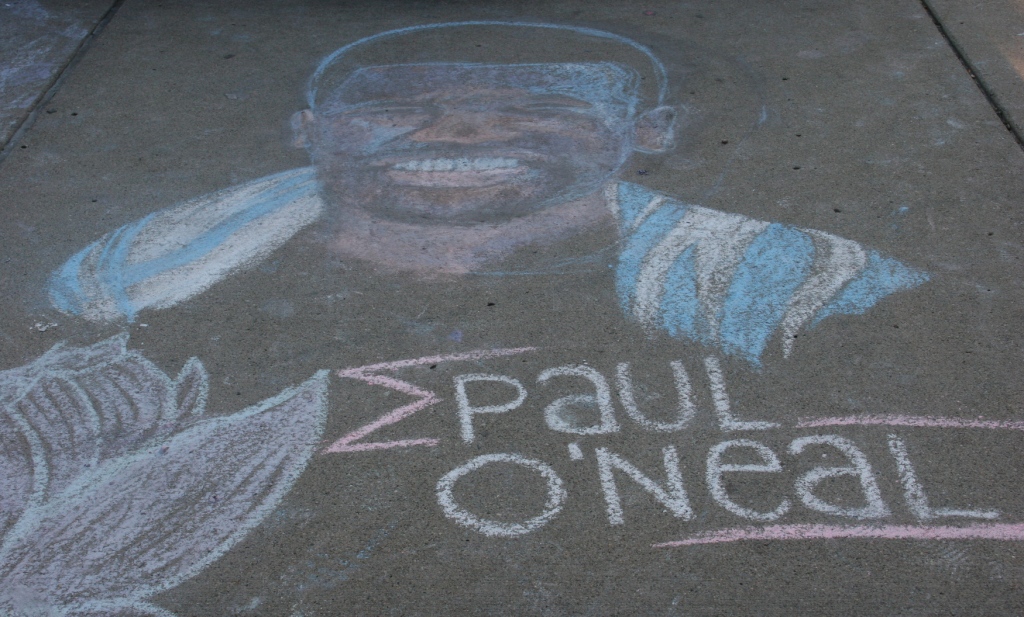
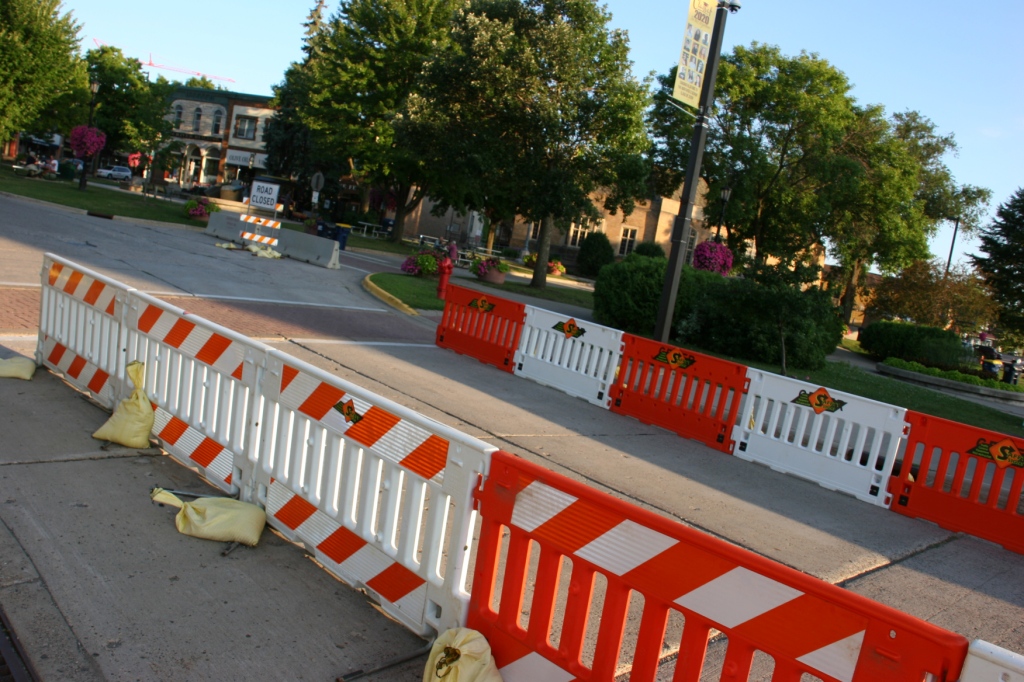
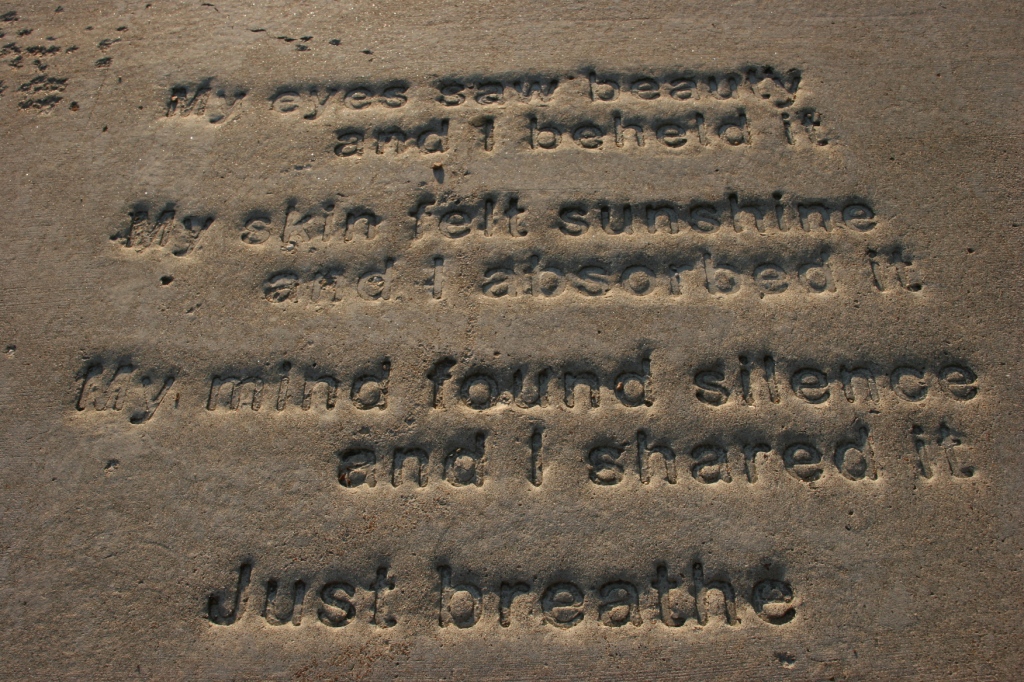
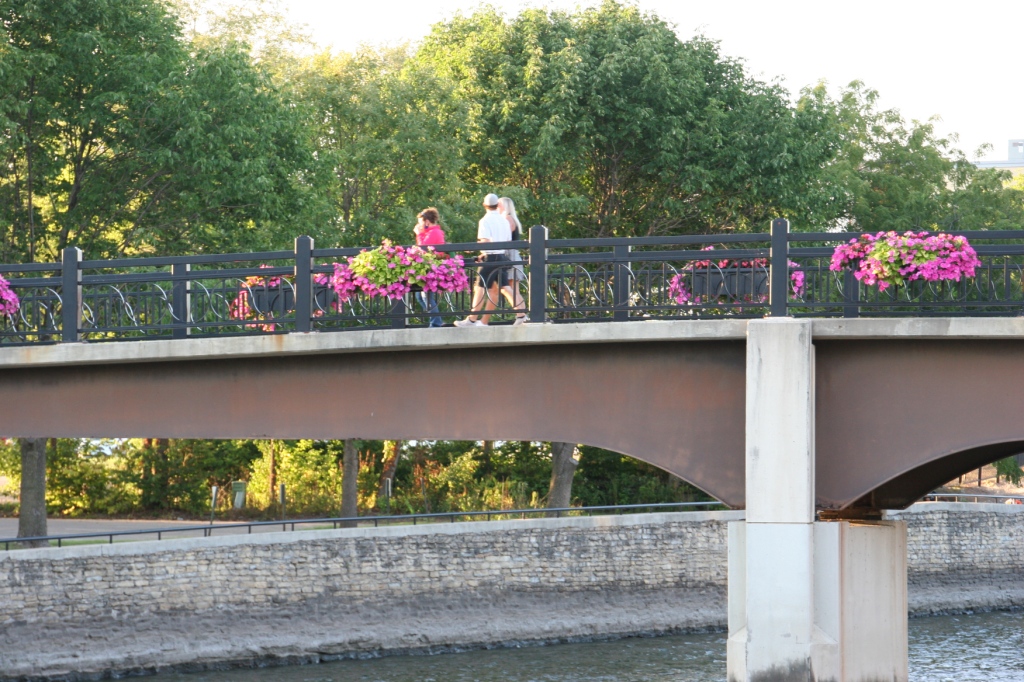
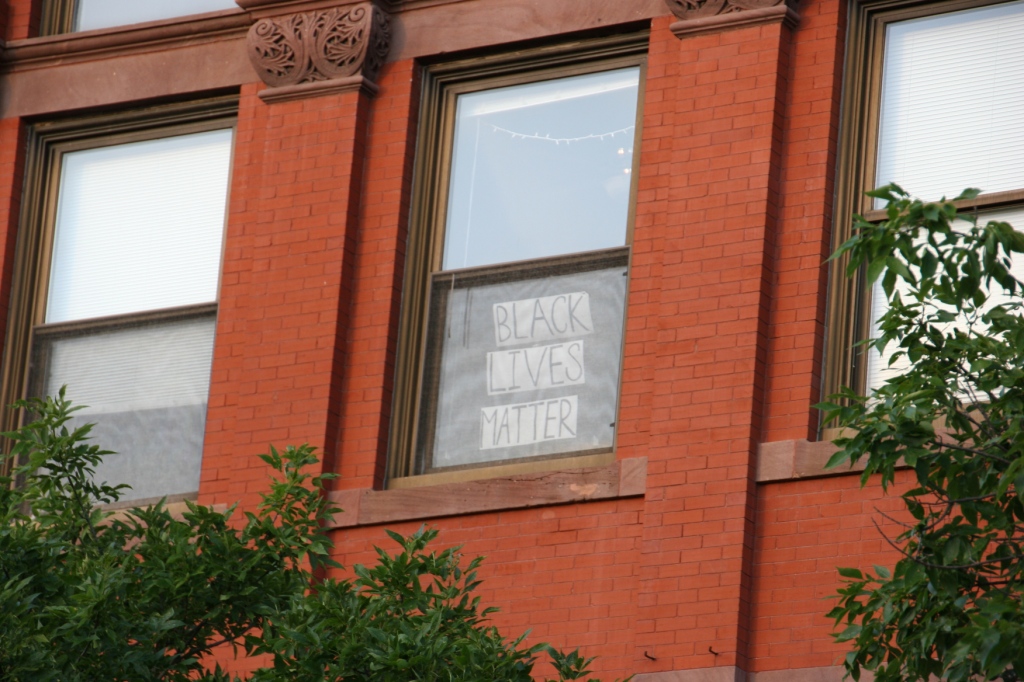

Recent Comments